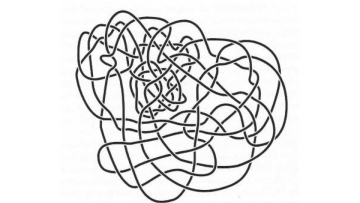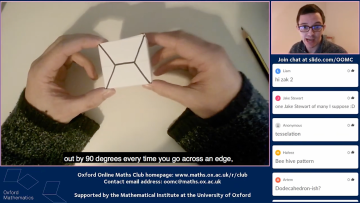Graduated orders and their lattices
Abstract
For $G$ a finite group, $p$ a prime and $(K, \mathcal{O}_K, k)$ a $p$-modular system the group ring $\mathcal{O}_K G$ is an $\mathcal{O}_k$-order in the $K$-algebra $KG.$ Graduated $\mathcal{O}_K$-orders are a particularly nice class of $\mathcal{O}_K$-orders first introduced by Zassenhaus. In this talk will see that an $\mathcal{O}_K$-order $\Lambda$ in a split $K$-algebra $A$ is graduated if the decomposition numbers for the regular $A$-module are no greater than $1$. Furthermore will see that graduated orders can be described (not uniquely) by a tuple $n$ and a matrix $M$ called the exponant matrix. Finding a suitable $n$ and $M$ for a graduated order $\Lambda$ in the $K$-algebra $A$ provides a parameterisation of the $\Lambda$-lattices inside the regular $A$-module. Understanding the $\mathcal{O}_K G$-lattices inside representations of certain groups $G$ is of interest to those involved in the Langlands programme as well as of independent interest to algebraists.




